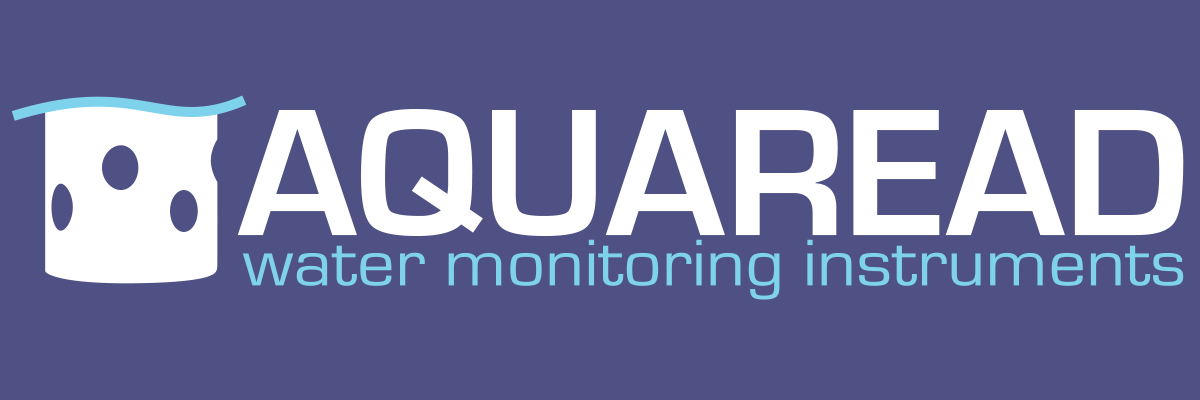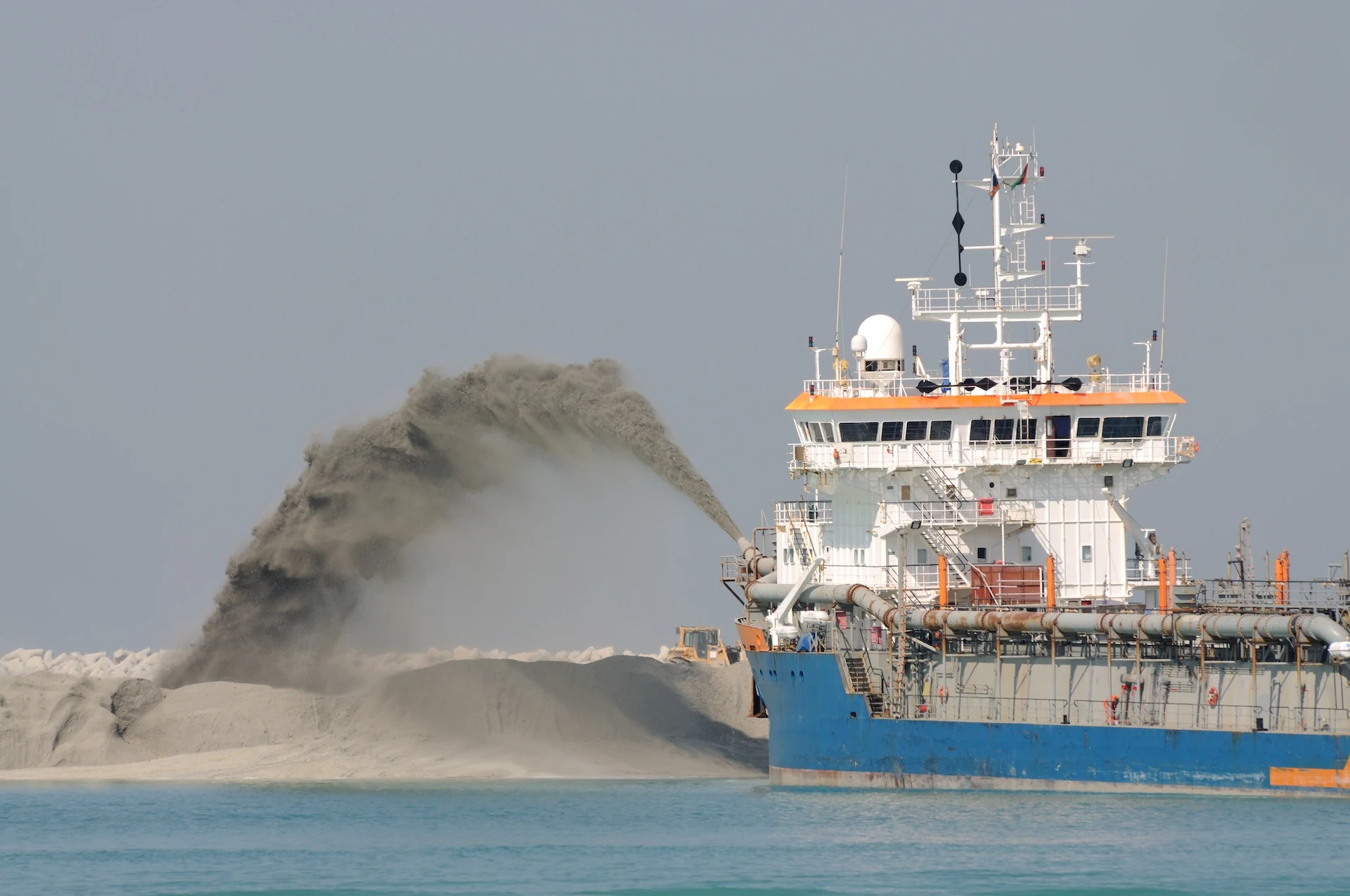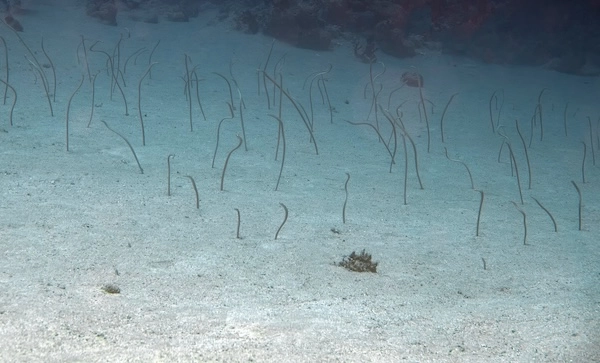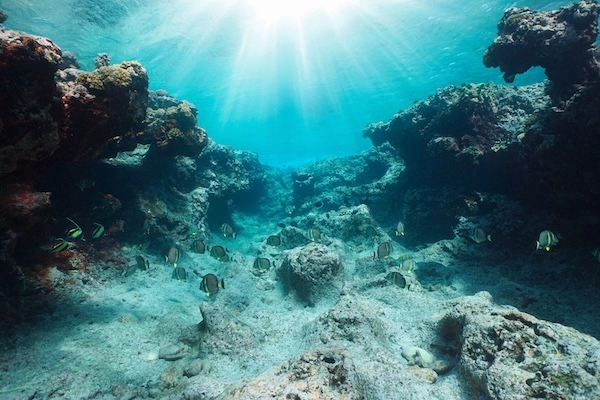We often talk about the different variables that affect overall water quality and how we can better manage water quality. But something we haven’t yet discussed is dredging and what the direct and indirect effects of this are on water quality and the overall health of aquatic ecosystems.
In this blog, we will touch on the different effects dredging has on water quality from sediment disruption to habitat disturbance, while assessing what this means on a broader scale.
What is dredging?
Dredging refers to the removal and transportation of sediments and debris from the bottom of water bodies (like rivers and lakes) to more coastal areas. It is a necessity in waterways around the world because sedimentation gradually fills channels and harbours, resulting in sand and gravel mixing into the water.
The process of dredging plays a crucial role in maintaining these waterways and creating a clear path for boats and ships, as well as in various construction and environmental remediation projects. However dredging poses a huge threat to the marine environment and therefore must be carried out extremely carefully, with the help of the right dredgers and dredges. Performed incorrectly, dredging can have even more of a detrimental effect on marine quality than it already does.
With the main focus of dredging being to remove deposits that lie on the sea bed, the environmental effects of dredging are largely related to this concentrated area — but can have far-reaching consequences.
How does dredging affect water quality?
Dredging can have both direct and indirect effects on water quality, especially within the marine environment. The impact of the process can vary depending on the type of dredging, the overall environment, and the specific conditions of the water body too.
Here are some ways in which dredging can affect water quality:
Sediment disruption
The process of dredging often results in the disturbance of sediments that can release contaminants into the water. This has the potential to change the chemical properties of the sediment, and in turn, reduce water quality at both extraction and dumping sites for some time after dredging has ceased.
Release of contaminants and increased turbidity
Dredging may disturb contaminated sediments, releasing pollutants such as heavy metals, nutrients, or organic compounds into the water. These pollutants can have a negative impact on water quality, posing risks to both aquatic marine life and human health.
The dredging process and the suspended sediments result in increased turbidity, reducing light penetration. This therefore affects photosynthesis in aquatic plants as well as interfering with the feeding mechanisms of some aquatic organisms too, causing harm at multiple levels in the food chain.
Changes in water flow and circulation
Dredging activities can also have a negative effect on the natural flow patterns of water bodies. These changes can influence the distribution of nutrients, oxygen levels, and temperature, impacting the overall health of aquatic ecosystems.
Habitat disturbance
One of the largest consequences of dredging is habitat destruction. Dredging can alter or destroy habitats, resulting in a reduction of biodiversity for an ecosystem, and potentially leading to changes in water quality parameters. The latest research shows how in 45 cases there was “a total loss of 21,023 hectares (or general surface area) of seagrass due to dredging. Seagrass serves as an ecosystem, a food, and a home to many high-risk marine species”.
Nutrient release
Lastly, dredging can cause the resuspension of sediments. This may increase the levels of nutrients available to marine organisms. Although this can be seen as a positive, this can also have a negative effect, leading to algae blooms and oxygen depletion, which negatively impacts overall water quality and aquatic life.
Water quality monitoring equipment
Concerned about dredging in your area? Worried about the impacts on water quality? Keep a close eye on the quality of your water with our water quality monitoring equipment today.
Here at Aquaread, we pride ourselves on preserving and protecting our planet. In marine environments, water quality equipment needs to be strong, durable, and accurate. Why not take a look at our website and discover our water quality monitoring equipment —particularly our Marine range? Don’t hesitate to get in touch with us if you’d like to know more.



